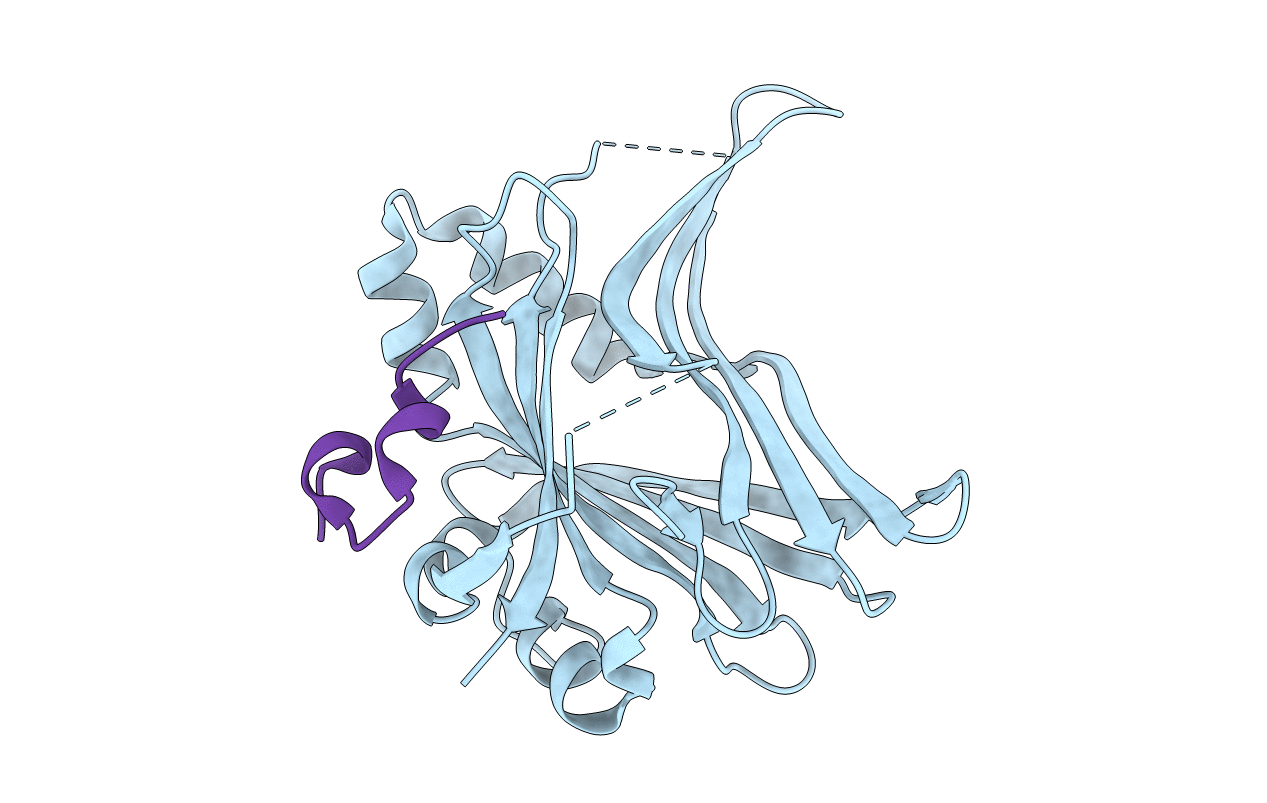
Deposition Date
2019-07-30
Release Date
2019-11-20
Last Version Date
2024-01-24
Method Details:
Experimental Method:
Resolution:
2.55 Å
R-Value Free:
0.23
R-Value Work:
0.18
R-Value Observed:
0.18
Space Group:
H 3 2


